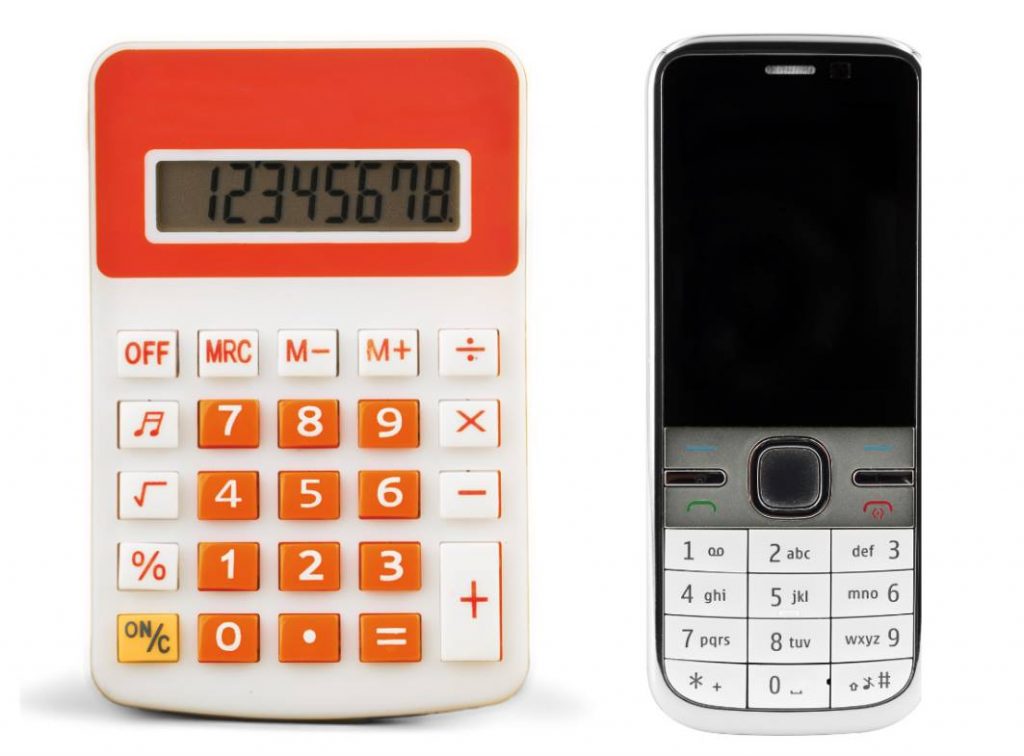
Two devices that are frequently used on a daily basis are phones and calculators. These two devices have several similarities when it comes to their layout, such as:
However, there is one notable difference between phones and calculators, and it’s one that has boggled many; the numbers are reversed.
There doesn’t seem to be a definitive answer, as the makers of the devices did little to document their decision-making process, but there are a number of theories that exist on the matter.
Bell Laboratories introduced push-button dialing as an alternative to the rotary telephone back in the 1960s.
However, how to arrange the numbers was something that researchers had to decipher. The two models that most likely factored into this decision were the circular dial and counterclockwise number arrangement of the existing rotary phone and the calculator’s reverse arrangement.
One popular theory was that the phone company intentionally reversed the calculator configuration so that those who had already adapted to operating calculators would slow down when it came to dialing.
The reason it was thought that the intention of this reversal was to slow users down was that slower dialing would allow the signals of the phone to register. However, this theory has been proven to be untrue.
The real reason the two layouts differ is in a study conducted at Bell Labs titled ‘Human Factor Engineering Studies of the Design and Use of Pushbutton Telephone Sets.’
The study was published in the July 1960 issue of the ‘Bell System Technical Journal’ and shows that researchers tested a number of different layouts. The study concluded that the three-by-three version with 1-2-3 at the top was the easiest for users to master.
Another reason for the layout was that matching up the alphabet with the numbers made a lot more sense when 1-2-3 was at the top. The letters and numbers going in the opposite direction would have been confusing.
Interestingly, Bell Labs contacted leading manufacturers in the late 1950s to find out their reasoning for their number placement. However, apparently, the decision was completely arbitrary.